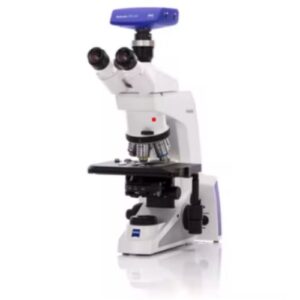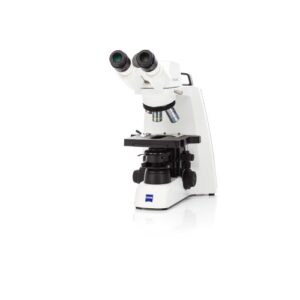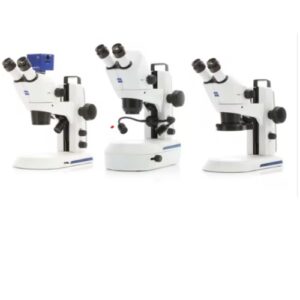Source: Unsplash
We’ve blogged about light sources before, but there’s another side to the story of perfecting your microscope imaging. Microscope illumination methods are equally as important as illumination sources. Illumination methods have come a long was from their earliest forms. Here’s a review of illumination methods from afocal illumination to the industry-standard Köhler illumination.
Afocal (Non-focused) Illumination
In the beginning, there was light! Well light from the sun that is… Afocal illumination is when the light source is structureless and does not produce an image of itself. Before the invention of electric bulbs, early researchers would simply use daylight to act as a non-focused illumination method. Early artificial light sources often had low power and warm color hues, which led to tinted images. Natural and artificial light sources didn’t produce much difference in the overall quality of the images. Scientists later discovered that the most important requirement for image quality is that the numerical aperture of the illumination be at least equal to that of the objective. The best way to do this was through source-focused illumination, otherwise known as Nelsonian illumination.
Critical (or Nelsonian) Illumination
Afocal illumination was a good start, but scientists needed something more robust. The advantage of afocal illumination was that the light source wasn’t visible in the image of the specimen, but as described above, the illumination was often low intensity and hued. Nelsonian illumination corrected for both of these issues. Nelsonian illumination focuses an image of a light source on to the specimen for bright illumination. The downside, however, was that often times the image had uneven illumination. One major drawback of this method is that the light source is visible in the final image. Scientists needed a combination of all the benefits of afocal and Nelsonian illumination without the drawbacks. That’s where Köhler Illumination shines!
Köhler Illumination
Köhler Illumination shows we really can have it all in life! Save for a few exceptions, Köhler illumination is the industry-standard illumination method. In Köhler illumination, an image of the light source is focused at the condenser aperture diaphragm to produce parallel (and unfocused) light through the plane of the specimen or object. Köhler illumination has largely replaced critical illumination in modern scientific light microscopy although it requires additional optics which may not be present in less expensive and simpler light microscopes. Köhler illumination acts to generate an even illumination of the sample and ensures that an image of the illumination source (for example a halogen lamp filament) is not visible in the resulting image.
For more information on our microscopes, please visit our online store.




